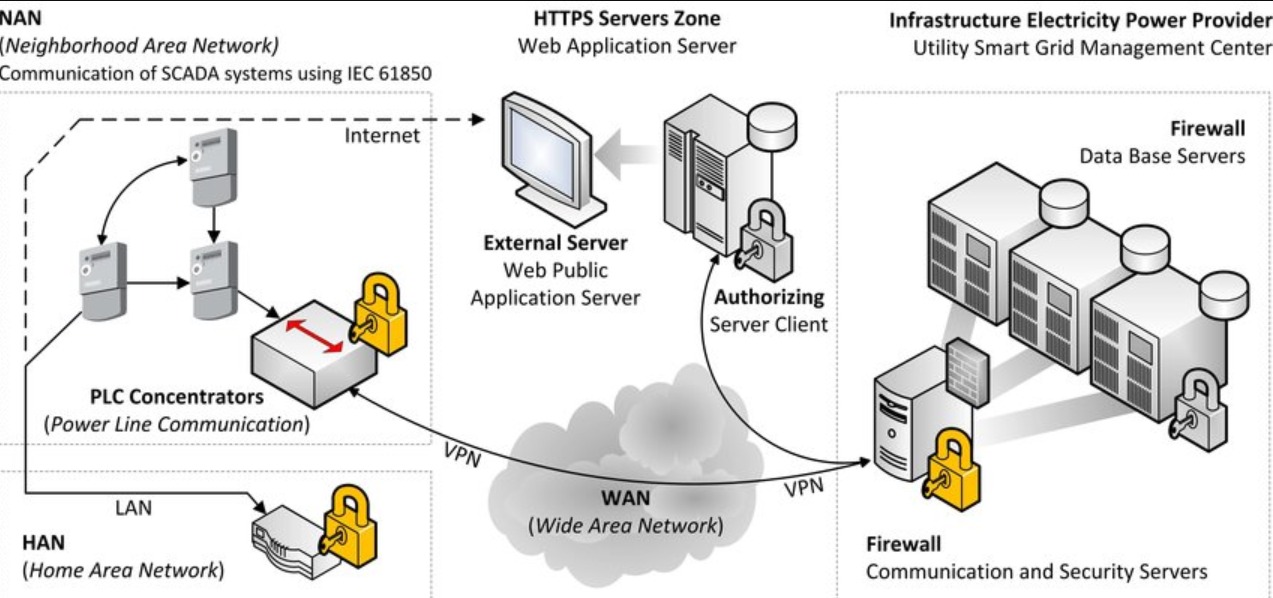IEC 61850: Revolutionizing SCADA System Communication Protocols
Shwetha Bhat February 12, 2025
Shwetha Bhat February 12, 2025
Communication in a local facility between protection equipment and IEDs and local HMIs/SCADA systems is the basis for any operation's operational dependability and performance.
IEC 61850 facilitates these interactions through data modeling and communication protocols it provides:
Protection Apparatus: In the relaying and protection equipment, GOOSE messages can be sent and received in order to provide commands and status. For example, upon detecting a fault, a relay will quickly send other devices the information about the fault and open the circuit breakers among other protective actions.
IEDs: These are in the form of different types of devices like meters, controllers, and sensors. They make use of the MMS for effective data exchange and configuration such that the electrical parameters as well as the status of their working could be supervised and regulated.
Standardized IEC 61850-based data models and standardized communication protocols will benefit HMIs/SCADAs in general. With the correct implementation, operators will get a clear, real-time indication of system performance. Data from different sources can be integrated and visualized on an interface that may be used uniformly for control and making the right decisions appropriately.

Increased Reliability: Real-time communication capabilities and swift response to events increase the reliability of the electrical system. Fast and accurate data exchange helps in quicker fault detection and resolution.
Lessened Engineering Effort: IEC 61850 uses a standardized approach that reduces complexity in integrating and configuring devices. It results in lesser engineering cost with faster deployment times.
Better System Performance: Its high-speed communication capacities with efficient data management leads to better system performance, therefore better operation efficiency and less downtime.
Flexibility and Scalability: Its ease of incorporating the future technological advancement and expands system capabilities in case it is deemed necessary.
IEC 61850 constitutes a well-noted advancement as regards how electrical systems communicate and operate. It is interoperability among facilities' protection equipment, IEDs, and local HMIs/SCADA systems by standardization of data models and communication protocols. It has been developed, making IEC 61850 the core of modern design and management of an electrical system with improved reliability, reduced engineering, and enhanced performance. It is going to play a very significant role in future advancement of electrical automation and control.

July 25, 2025
The world energy scene is being revolutionized by the fast-paced increase of decentralized renewable energy sources like rooftop solar, wind microturbines, and energy storage in batteries. batteries. The driving force…
Know More
July 25, 2025
Smart metering has evolved significantly over the last two decades as it became a building block of modern energy management solutions. At the core of the evolution is the DLMS/COSEM…
Know More
July 25, 2025
As the energy sector undergoes rapid digital transformation, smart metering has emerged as a foundational technology in modern utility networks. By enabling real-time monitoring, automated billing, and remote disconnection, smart…
Know More